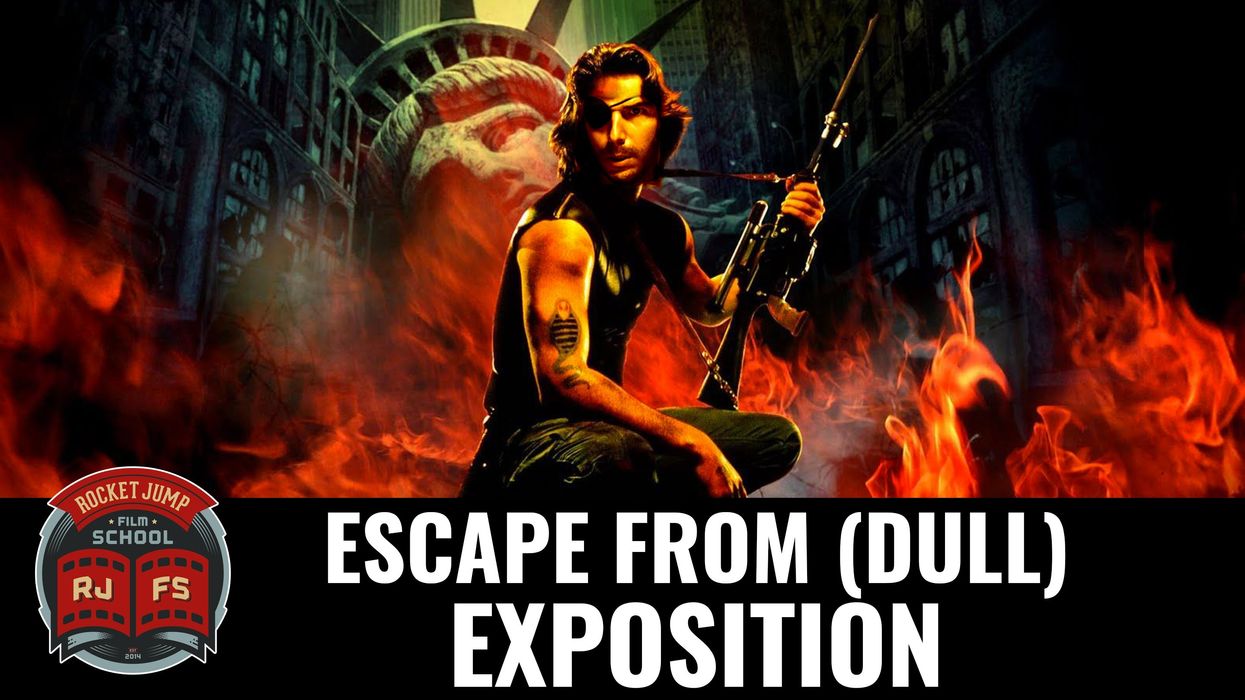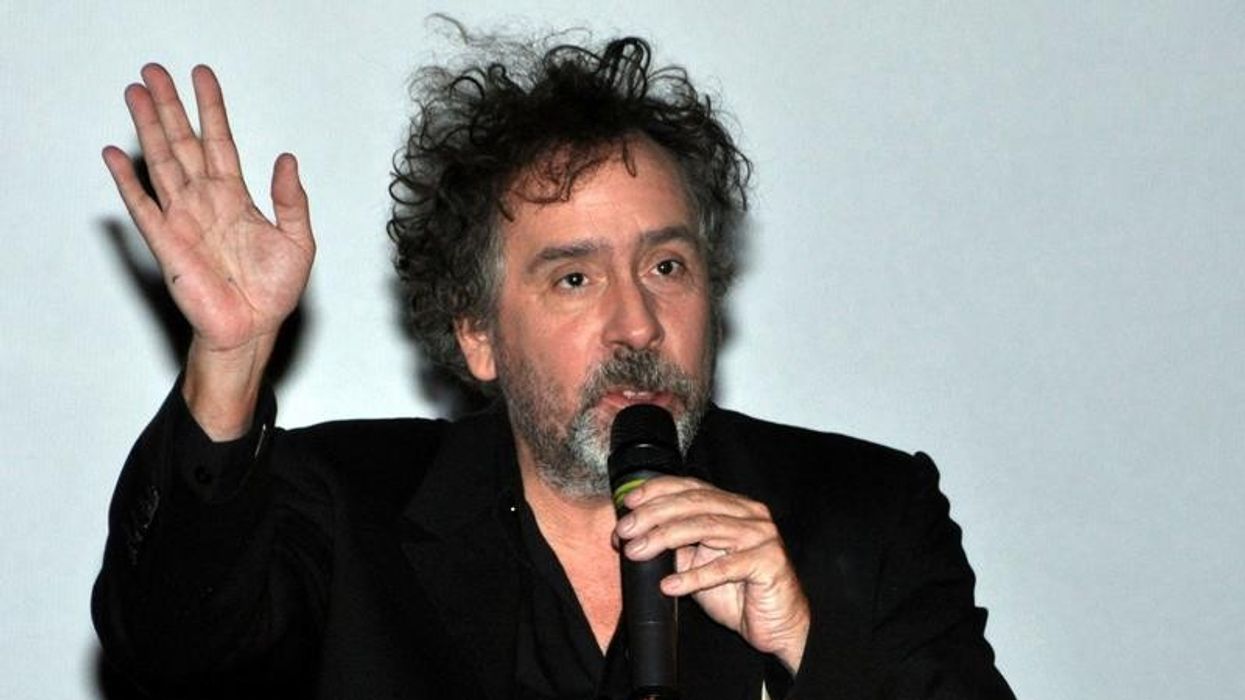A Hilarious Lesson in How to Write Better Exposition
Exposition is the art of revealing crucial story and character information to your audience. It's also insanely difficult to get it right.

Why is it so difficult? Well for starters, unlike literature, where an omniscient narrator can reveal information until the cows come home, film is all about visual storytelling. While it's certainly possible to reveal story information in the form of voiceover, most would agree that strategy is both lazy and not particularly exciting for audiences. The real problem is finding ways to blend your exposition with your story so that everything flows well and feels natural.
In an excellent new educational video, the good people at RocketJump Film School tackle the question of how to make your exposition better by weaving it directly into your story in the form of visuals and dialogue. Check it out:
The main takeaway here is that there are multiple ways to convey information to your audience. The most common way, and also the easiest one to screw up, is dialogue. Dialogue is great for revealing conflict between two or more characters since we often vocalize our conflicts with people. For example, we might tell our significant other that we're having a hard time forgiving them for cheating on us. Including that type of dialogue can reveal vital story information very quickly and efficiently.
While dialogue is great for certain types of exposition, it's easy to rely on it too much. We often have loads of information that we need to share with the audience in order for our story to make sense, so we try to write most or all of that information into our dialogue. The issue here is that it's painfully obvious when dialogue exists for no other purpose than to tell the audience something that the characters already know. For that reason, if you're going to use dialogue as an expositional tool, it has to serve two purposes, to move the scene forward by evolving the conflict, and to reveal information to the audience.
The other way that we can reveal information is through good old fashioned visual storytelling, particularly through costuming, props, and production design. This works best for revealing information about a character that would be awkward to write into dialogue.
For example, we might see a character whose clothing is shabby and mismatched, whose house is disorganized and full of empty pizza boxes and takeout containers. Maybe the camera briefly focuses on a picture of a happy couple. Then we can surmise that this individual lost their partner, maybe in a bad breakup, or maybe in an accident of some sort. The audience is left to piece together the story from the clues that we've given them. When combined with small hints and revelations littered throughout your dialogue, this can be an effective way to naturally convey information to your audience.
What are some of your favorite tips and tricks for incorporating crucial exposition into your films without it being awkward? Share them, along with some examples, down in the comments!
Source: RocketJump Film School











